Ada Polson
Margaret Bride writes about her mother, Ada Florence Bellion, born in Port Melbourne in 1891.
A very early photograph of Ada, aged about 3, shows a sturdy child with a mass of curls. Her deep auburn coloured hair led to her nick-name of Bluey when she was a young woman.
My Mother, Ada Florence Bellion, was born in a house in Rouse Street on 4 th January 1891. Her parents later bought a small house in Stokes Street, opposite the back entrance to Swallows factory where they lived until 1924.
By her own account, her first attempt to right an injustice dated from her pre-school days. She had a Jewish playmate, Dolphy Bucknell, who lived down a back lane from Ada. The Frazer’s bakery also backed onto this lane. Apparently the Frazer boys used to tease Dolphy and flick him with wet towels, causing him to run from them in fear. One day this happened when she was playing with him, but Ada did not run. She stood up to the Frazer boys, shouting at them “He’s as good and better than you”.
As a young school girl Ada used to ride her father’s delivery horse into Elizabeth Street to collect parcels for him, one of many word images from a distant past.
Ada attended Nott Street School. Like her classmate George Langley, she was offered a place in the newly established Melbourne Continuation School, but her father said secondary education was wasted on a girl. Instead she was apprenticed to George Robertson’s as a bookbinder. She became quite skilled in this trade but always hoped for some other opportunity. This came in 1915 when the shortage of male applicants forced the State Savings Bank to recruit female bank clerks.
In the years before World War 1, the growing tension between the various big imperial powers: Germany, France, Belgium and Great Britain caused waves of deep unease among people aware of world events. For the Bellion family in Port Melbourne there was a personal level of awareness of this tension because Albert, Ada’s father, supplied German ships as part of his shipping providore business. The whole family had become particularly friendly with one captain and his crew: Captain Stockhoest. In addition, their closest friends were the Falkenreich family who had migrated to Australia from Schleswig-Holstein partly to escape the militarist regime of Bismark in Germany. They had a small dairy in the Graham Street shopping centre and ran their cows on Fisherman’s Bend.
Two women had a profound influence on Ada during those pre-war years: Eleanor Hopkins, an advocate for enlightened early childhood education, and Janet Adams who boarded with Ada’s family. Janet was a founding member of the Seamstresses Union, a very strong minded young woman believed in the power of women to build a better world, and a dedicated pacifist. Ada and Janet became firm friends and travelled to Sydney several times by ship to visit Ada’s Grandparents who had retired there.
Ada was a member of the Graham Street Methodist Church and one of the earliest Sunday School teachers at the small wooden church in Farrell Street. It was here that Ada became one of the Sunday School teachers who had the benefit of the rigorous training program devised by Eleonor Hopkins.
Pacifist and Feminism
I am not sure just how Ada began her association with the Australian Church, then located in Flinders Street, but once the war began in 1914 she attended it regularly on Sunday nights with a group of friends from Port Melbourne. All of them were attracted by the anti-imperial, pacifist, anti-war preaching of Dr Charles Strong. For her and many other women, pacifism and feminism went hand in hand. The Sisterhood of International Peace was founded at the Australian Church on 25th March 1915 and Ada became a member. Thus began a lifelong membership of the organisation Women’s International League for Peace and Freedom. (the latter name was adopted about 1920)
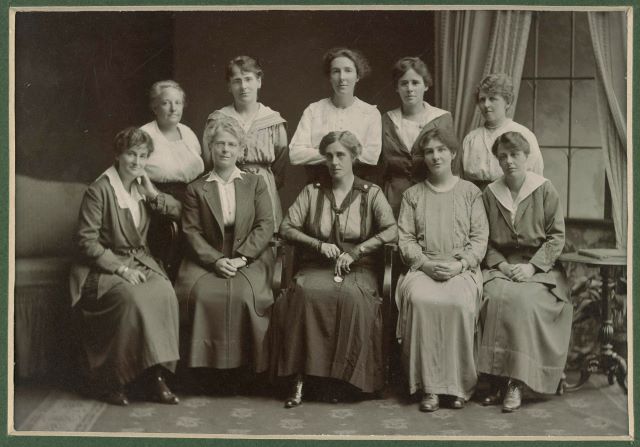
Ada had an unswerving conviction that wars were caused by men’s search for power, economic dominance and an international conspiracy to sell armaments. In the 1950s, when she was living in Ivanhoe, the Korean war and nuclear armament were dominant political issues. She was a very outspoken opponent of both. For several years every Friday lunch hour she attended the meetings of the Peace Quest Forum in the city.
As a member of the Country Women’s Association she was also a member of the world wide body with which it is affiliated. One of her proudest achievements was though this connection. At her local CWA branch Ada moved a motion that nuclear weapons should be banned world-wide. When this succeeded at branch level she went on through regional, then state and finally at national level to speak to this motion that was finally sponsored at international level by CWA Australia. I regret that I do not have a copy of any of the speeches she delivered to these CWA conferences because they must have been well written and powerfully delivered to win over such a conservative body as the CWA.
Country Towns
In 1937 Russell, my father, was promoted to Branch Manager in the State Savings Bank and our family moved to live in various country towns. There Ada found new causes to campaign: mobile baby health centres for women on remote farms; women on hospital boards of management and finally in Creswick, she planned to stand for the local Shire Council. The sudden and unexpected death of Russell prevented her doing so and we had to move out of the bank house in Creswick to live in Ivanhoe.
Craft Work
Ada was a creative craft worker. She believed that working with hand and eye to create something beautiful and useful was one of the important routes to self-understanding. In all the various types of craft that she learned she made every effort to reach a high standard and would destroy any piece that did not meet her benchmark. In 1948 when Russell died, his superannuation was inadequate and Ada began teaching basket making classes and selling her baskets to supplement our income as I was still at secondary school and my brother was working in the country. In order to improve her technique and to widen here the range of baskets, Ada used to research in the State Library with the result that she made English egg baskets, pouch baskets and flower baskets woven on an oval frame, all to traditional designs. In the early 1950s she began to enter her work at the Royal Melbourne Show. After winning the basket making section for several years, she was appointed a judge of handicraft both at the Show and in the annual CWA Exhibition.
Christian Belief
All her life Ada was an active Christian, although a somewhat unconventional one. Her mentor in this was certainly Charles Strong. Ada welcomed his questioning of much of the Bible as religious mythology. The Presbyterian church excommunicated him and he set up his own congregation: the Australian Church. One of the most significant members was Samuel Mauger, first federal member for Melbourne Ports. Both Ada and Russell were members there and both shared a faith that rejected dogmatism and certainty.
When we first moved to Creswick in 1944, Mother was invited to preach at the International Women’s Day of Prayer service in the local Methodist church. She took this opportunity to preach about Christian pacifism, a very unpopular cause while the war against Germany and Japan was at a critical stage. After that we never attended the Methodist church in Creswick and she was never invited to preach there again! She rejected the whole concept of a church divided into denominations and was quite happy, in the last years of her life to attend the Anglican church with Graham and me.
All her life Ada had a strong emotional connection to Port Melbourne and made sure the story of her family life there was told.
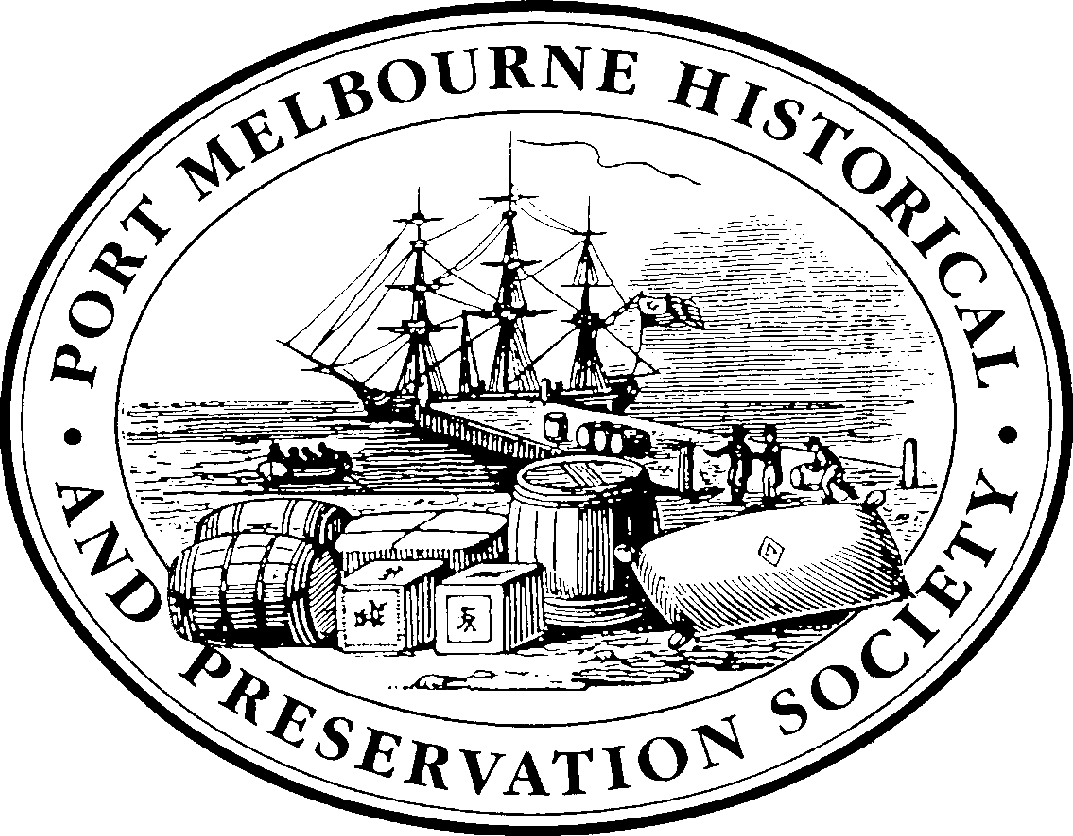
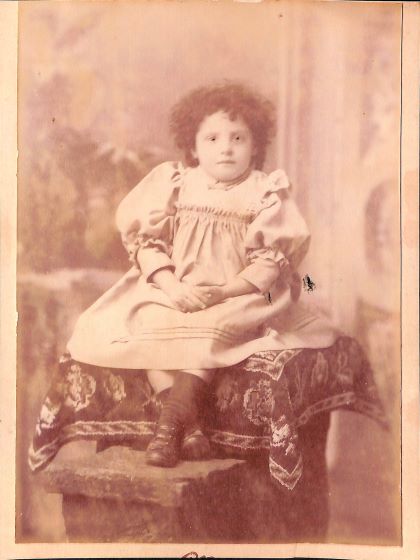
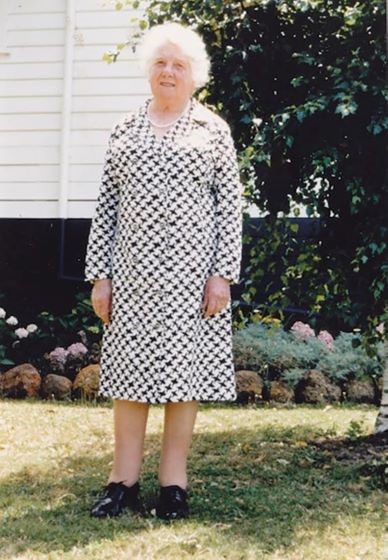
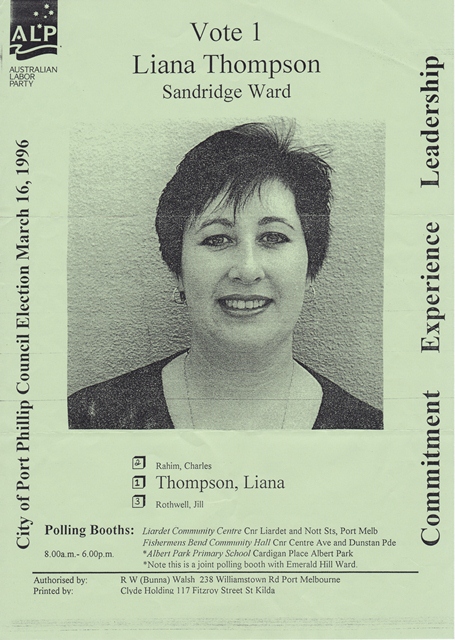
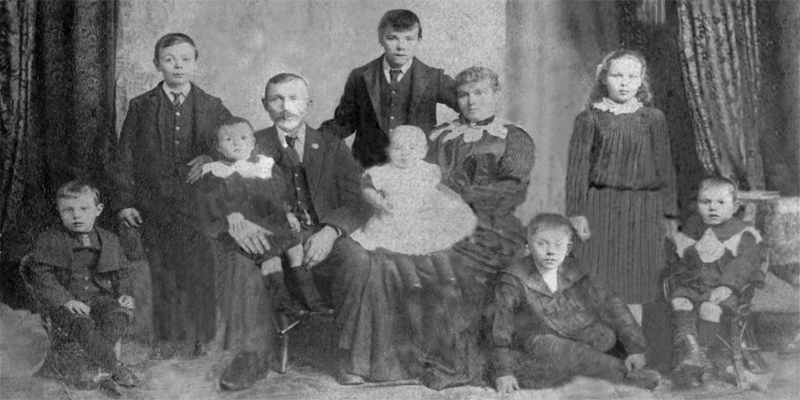
1 Comments
Vicki Crowley
What a trail blazer and inspiration is Ada Polson! Thank you Margaret for sharing both your family story and spotlighting stories of mothers and women that encourage us all to work for peace through love, generosity, tenacity and compassion that is both local and global.